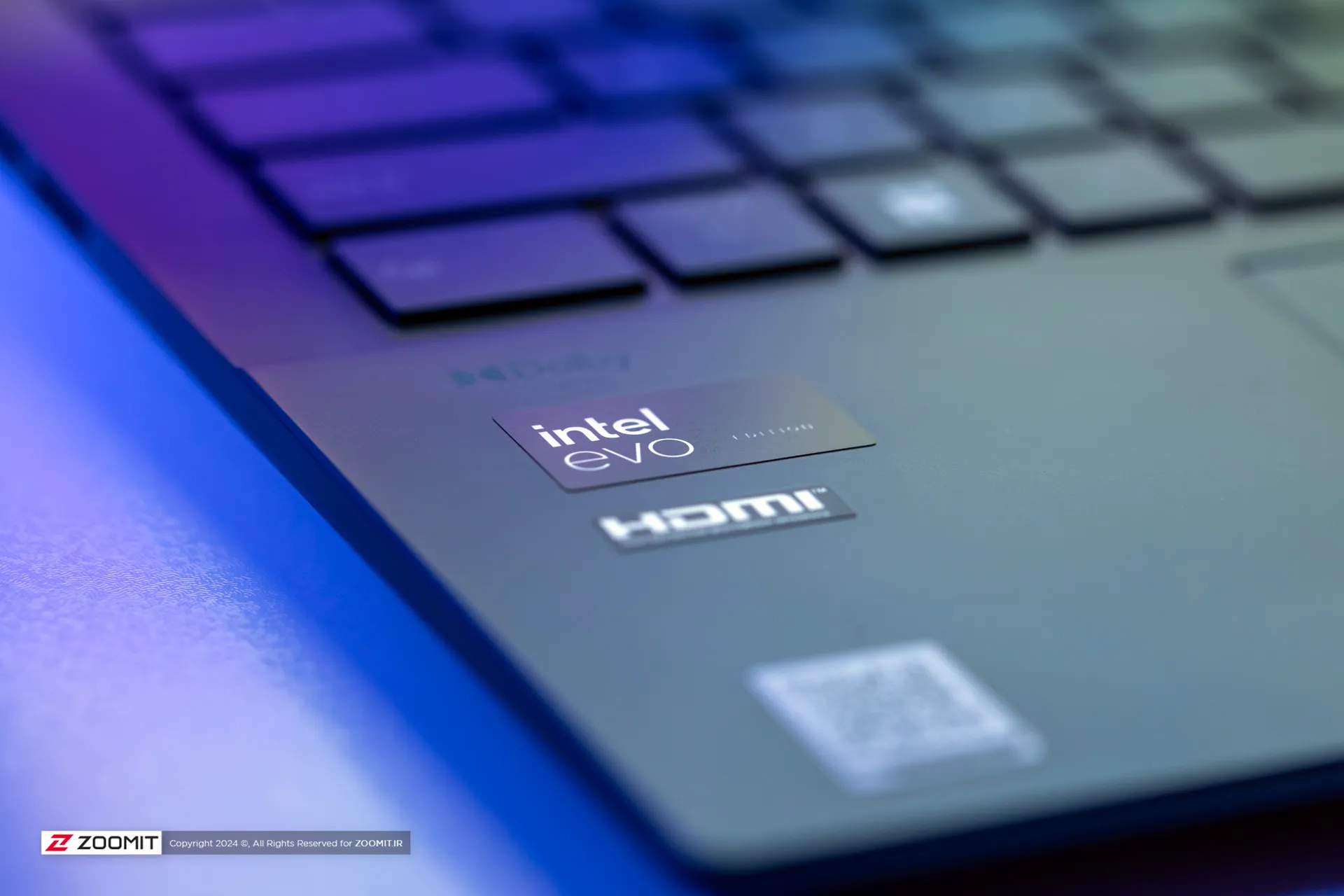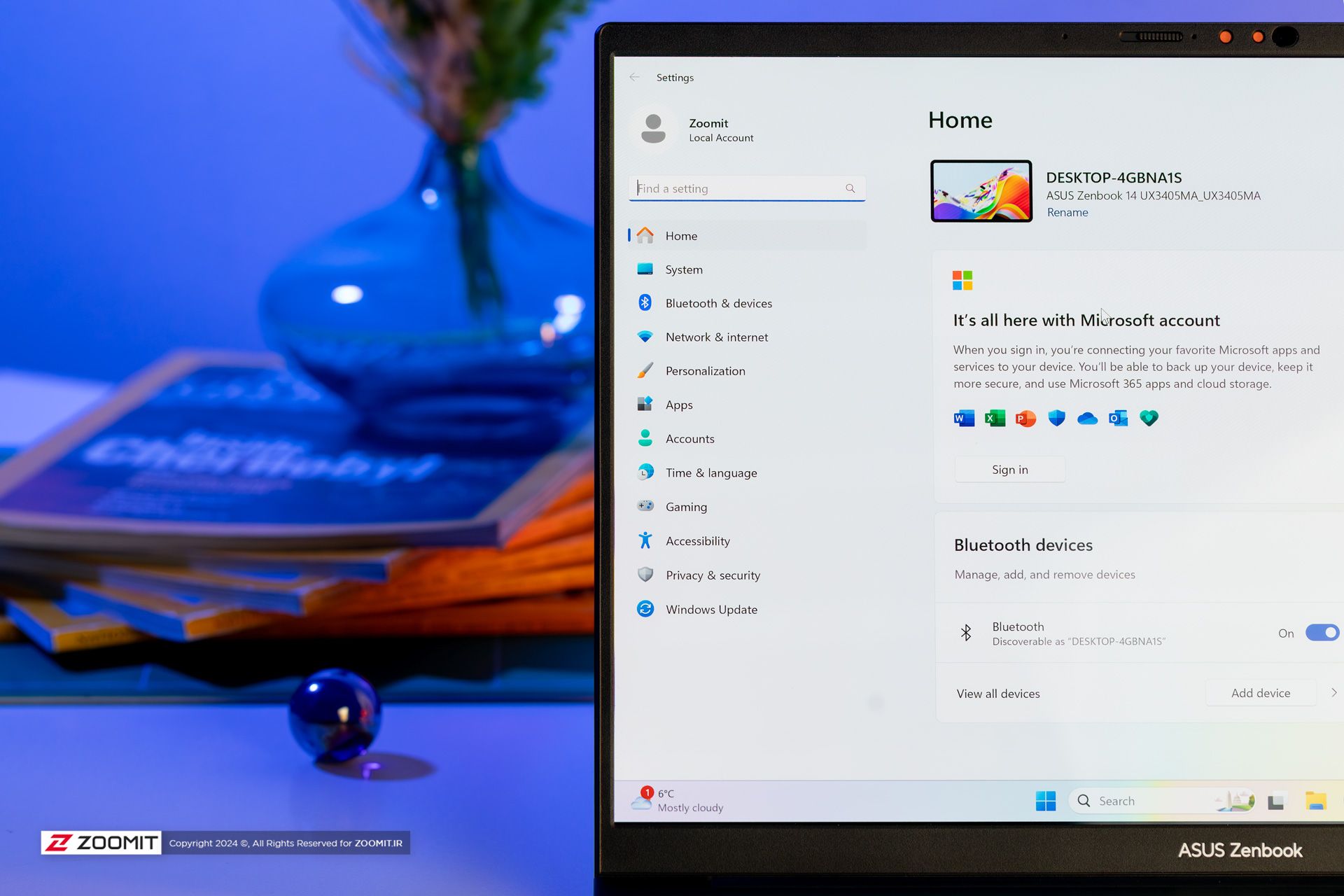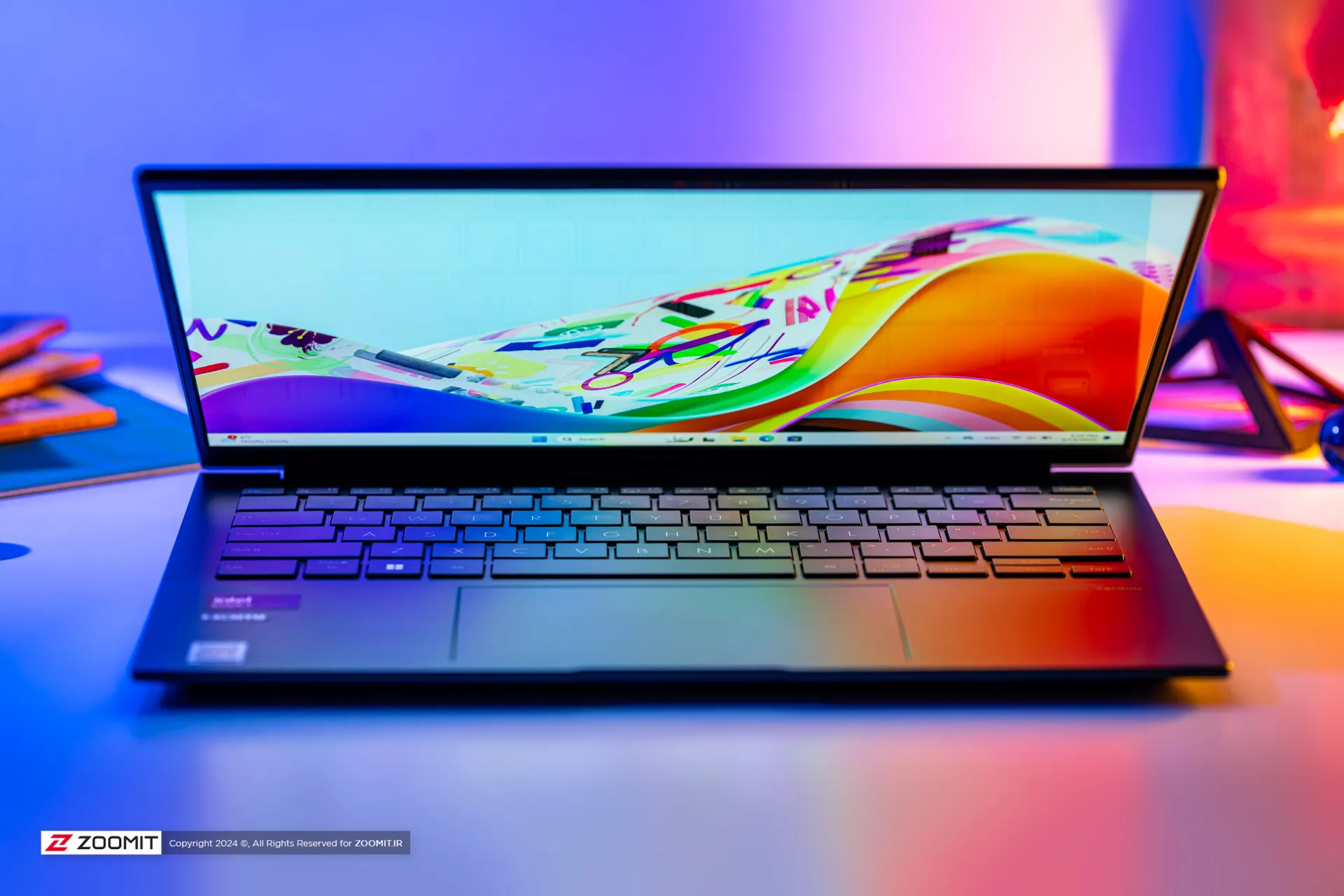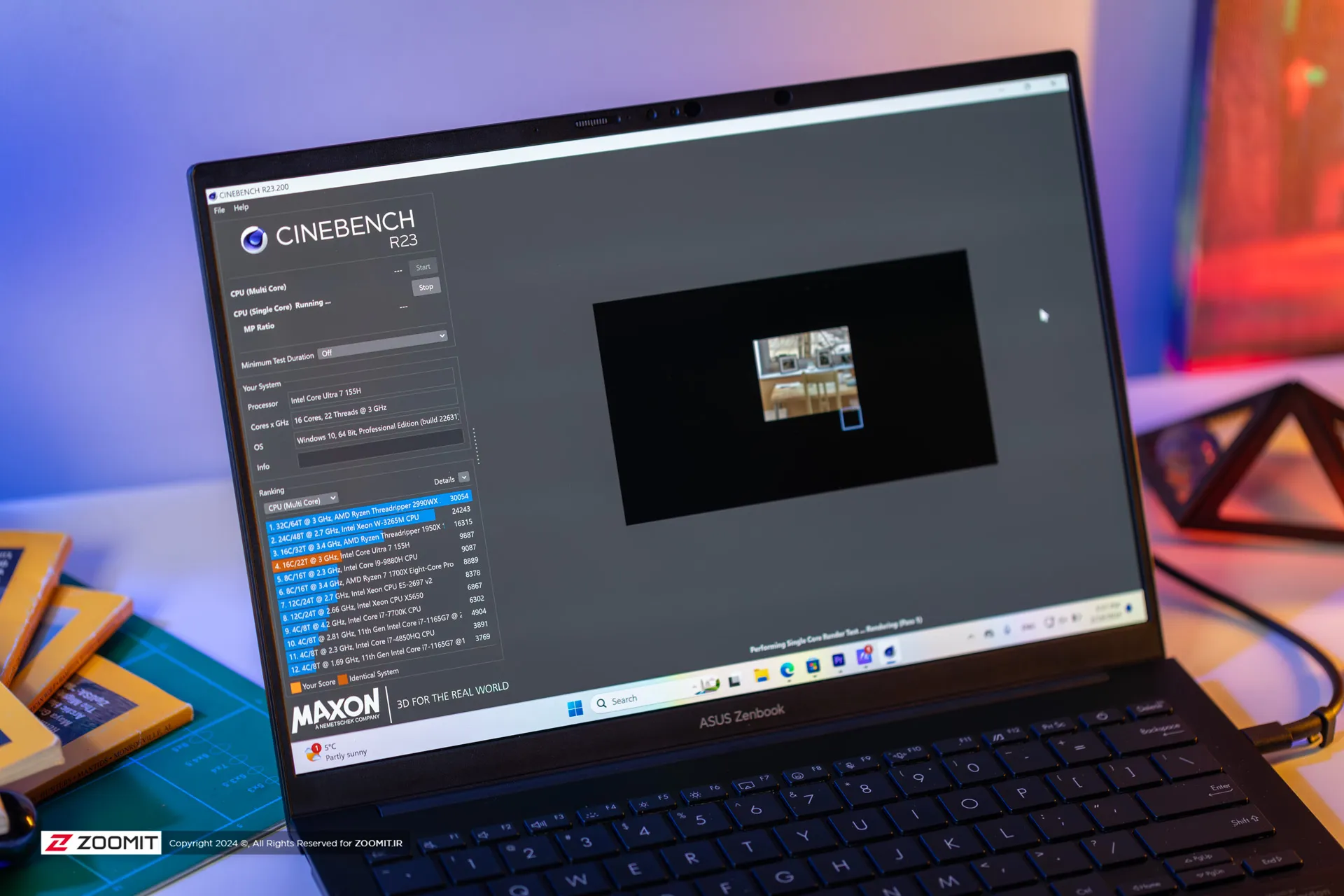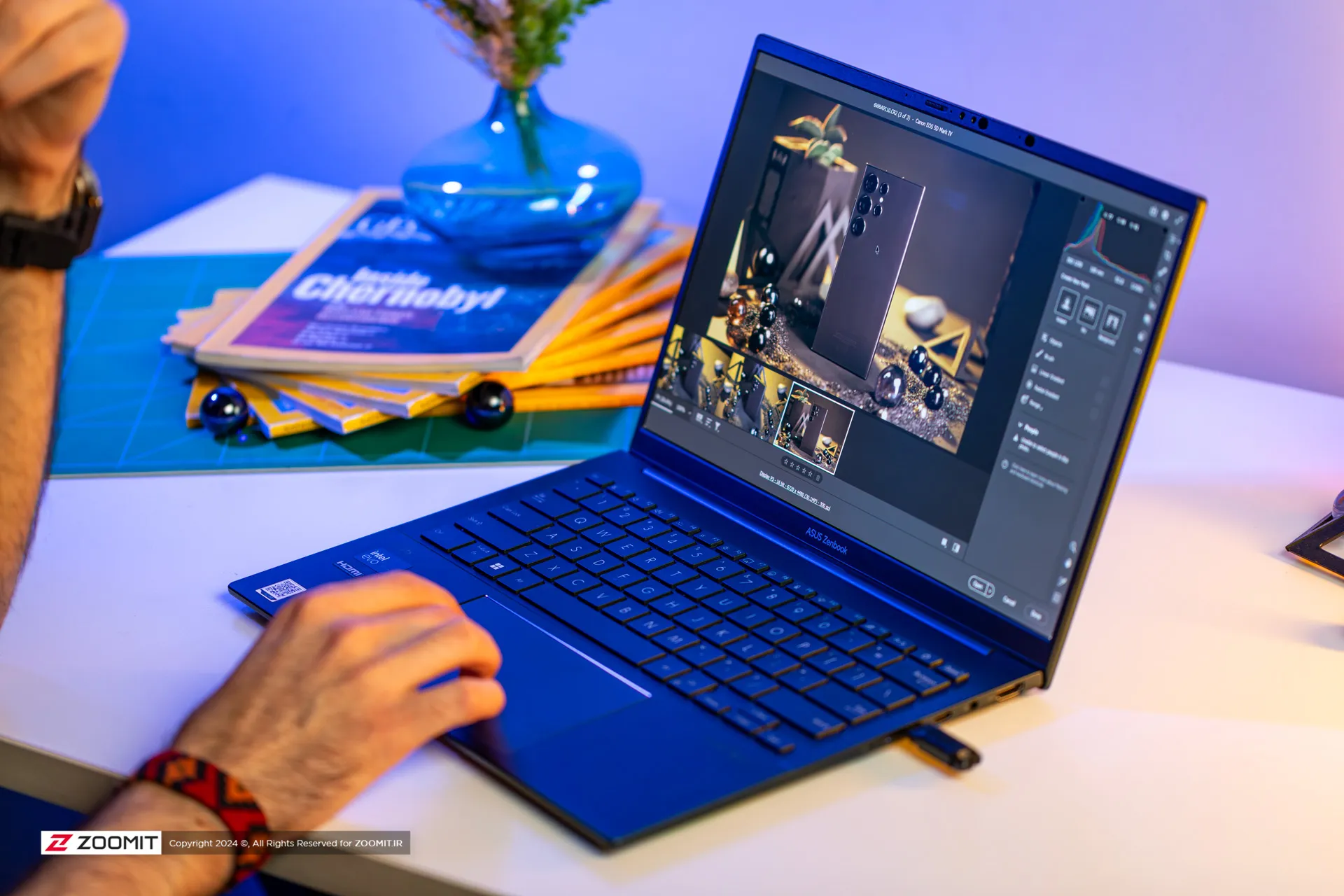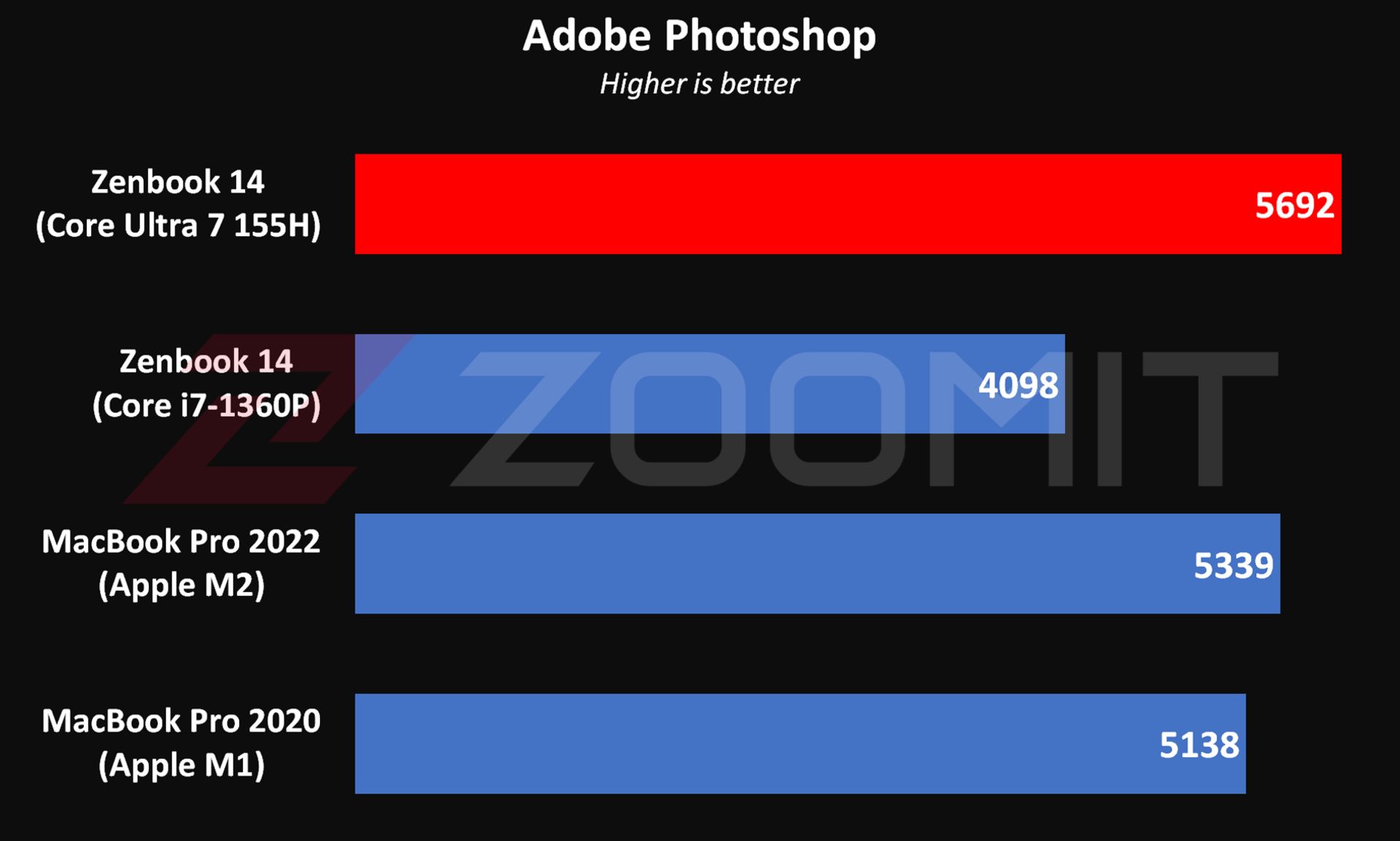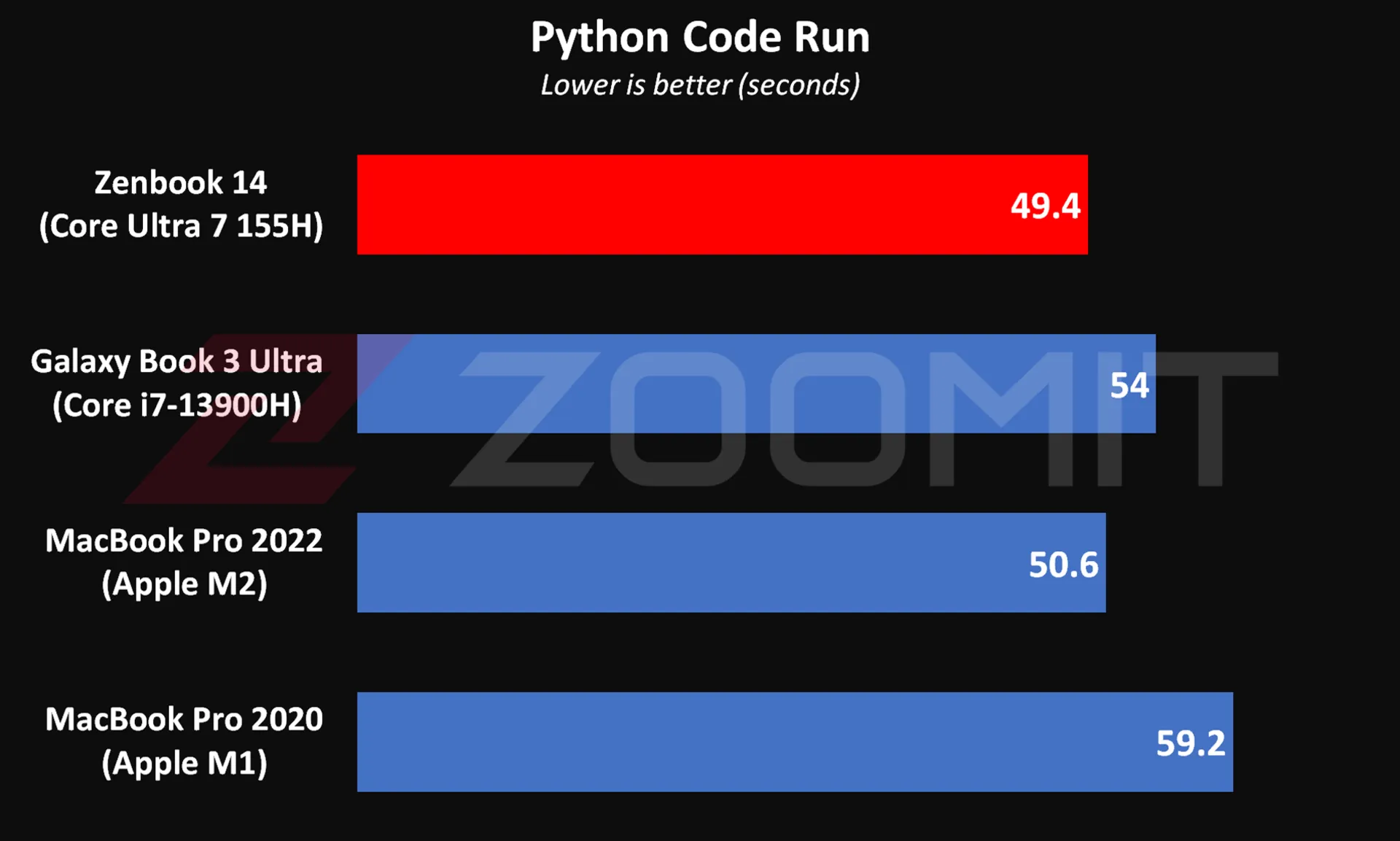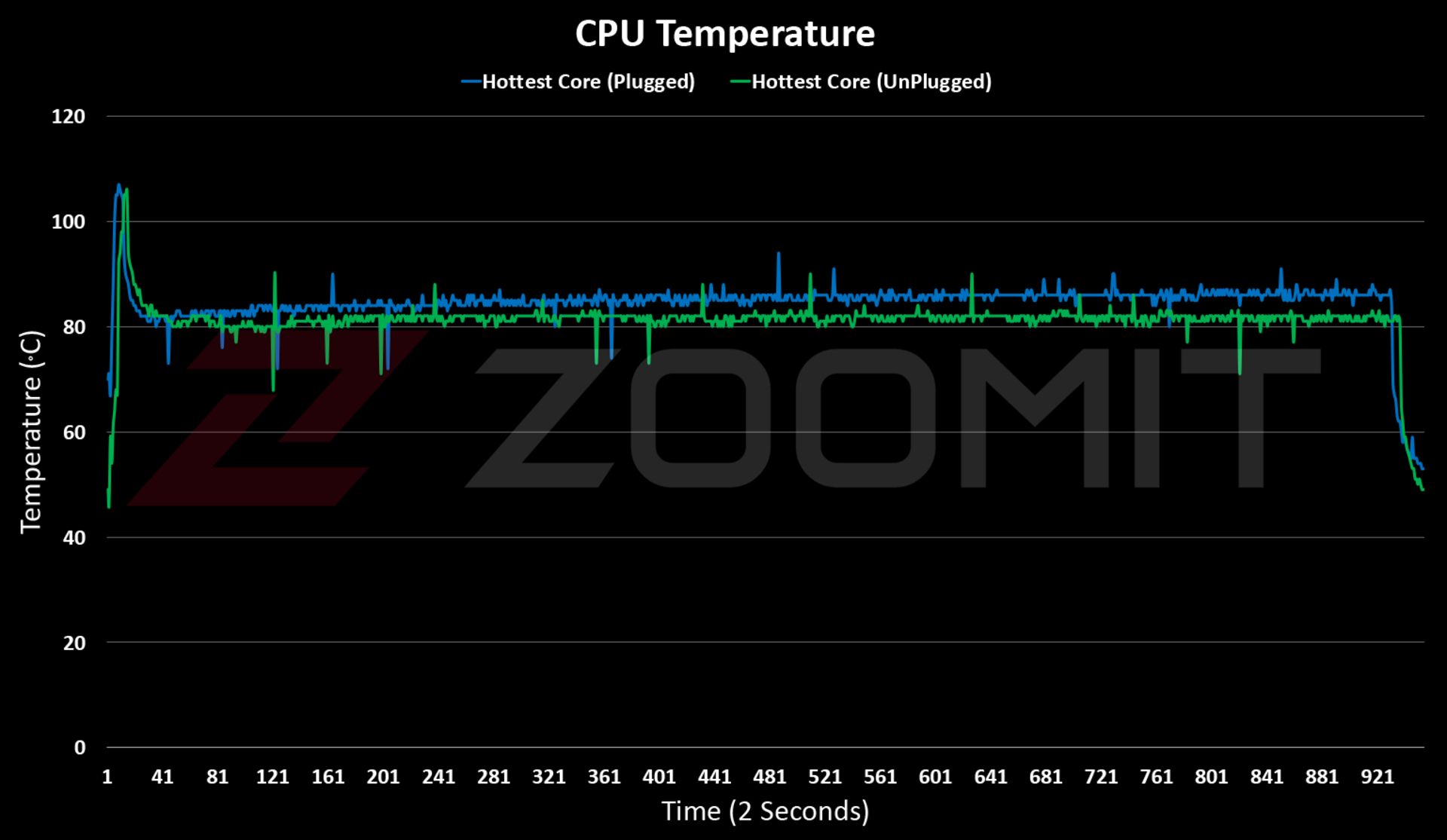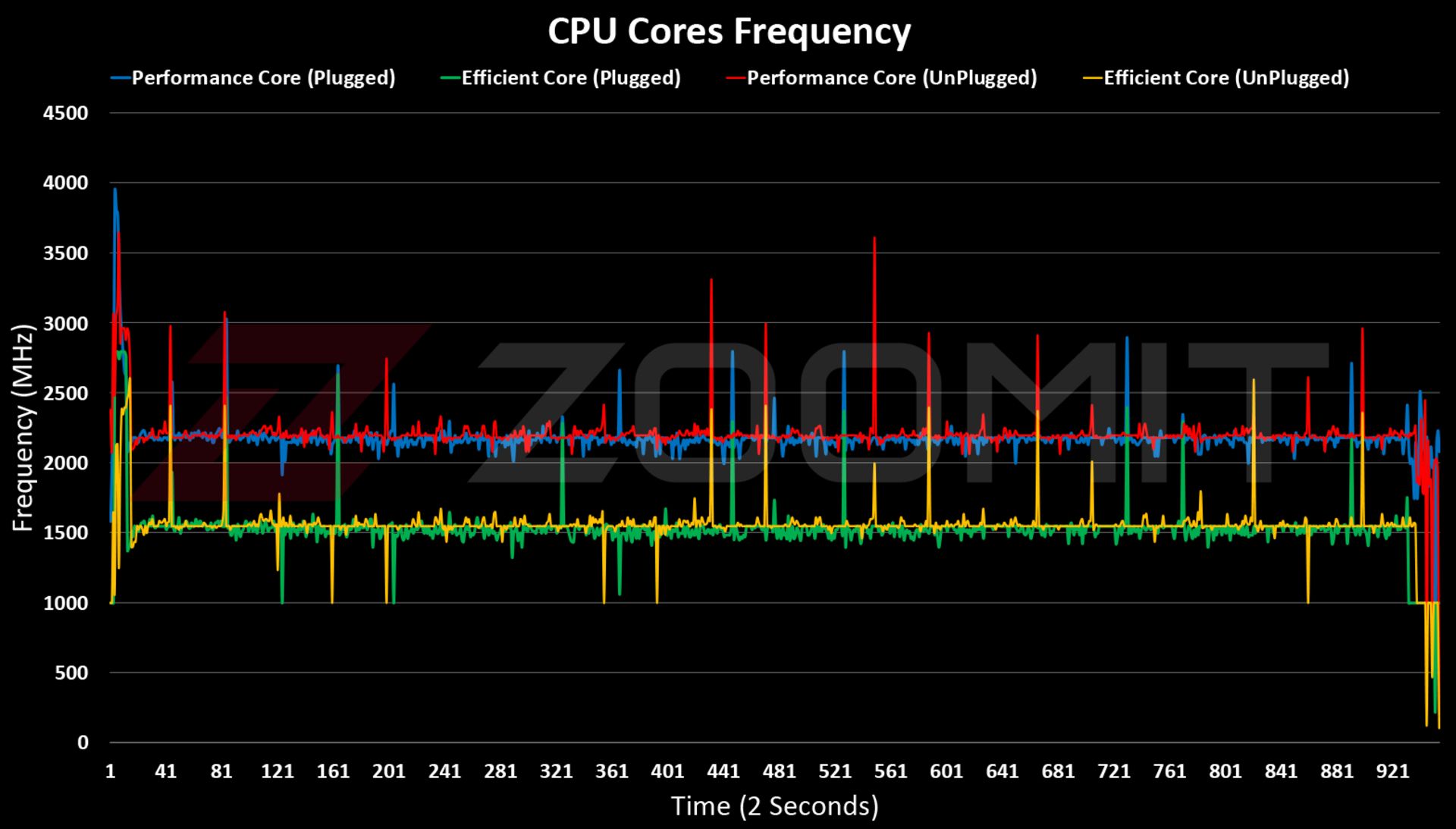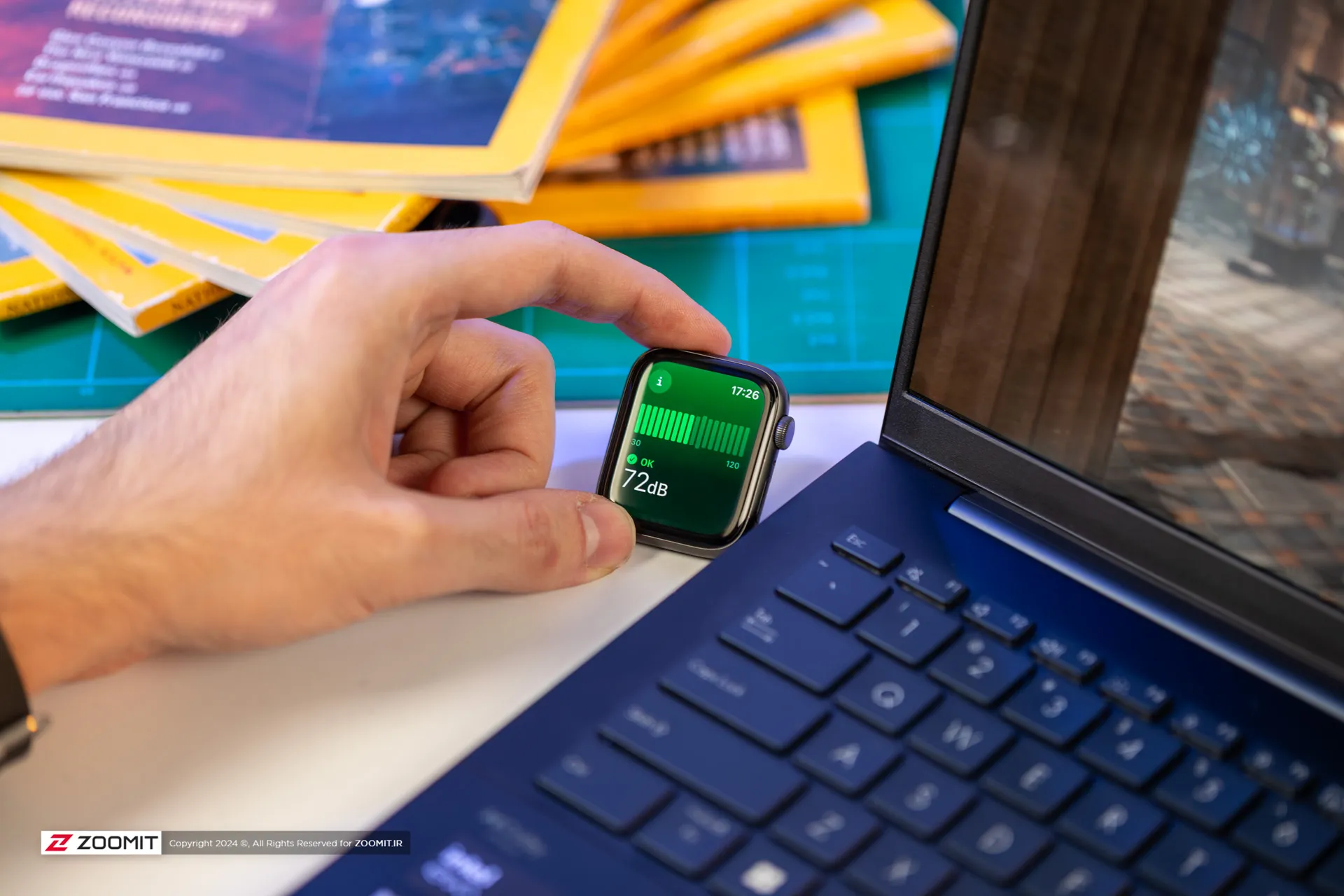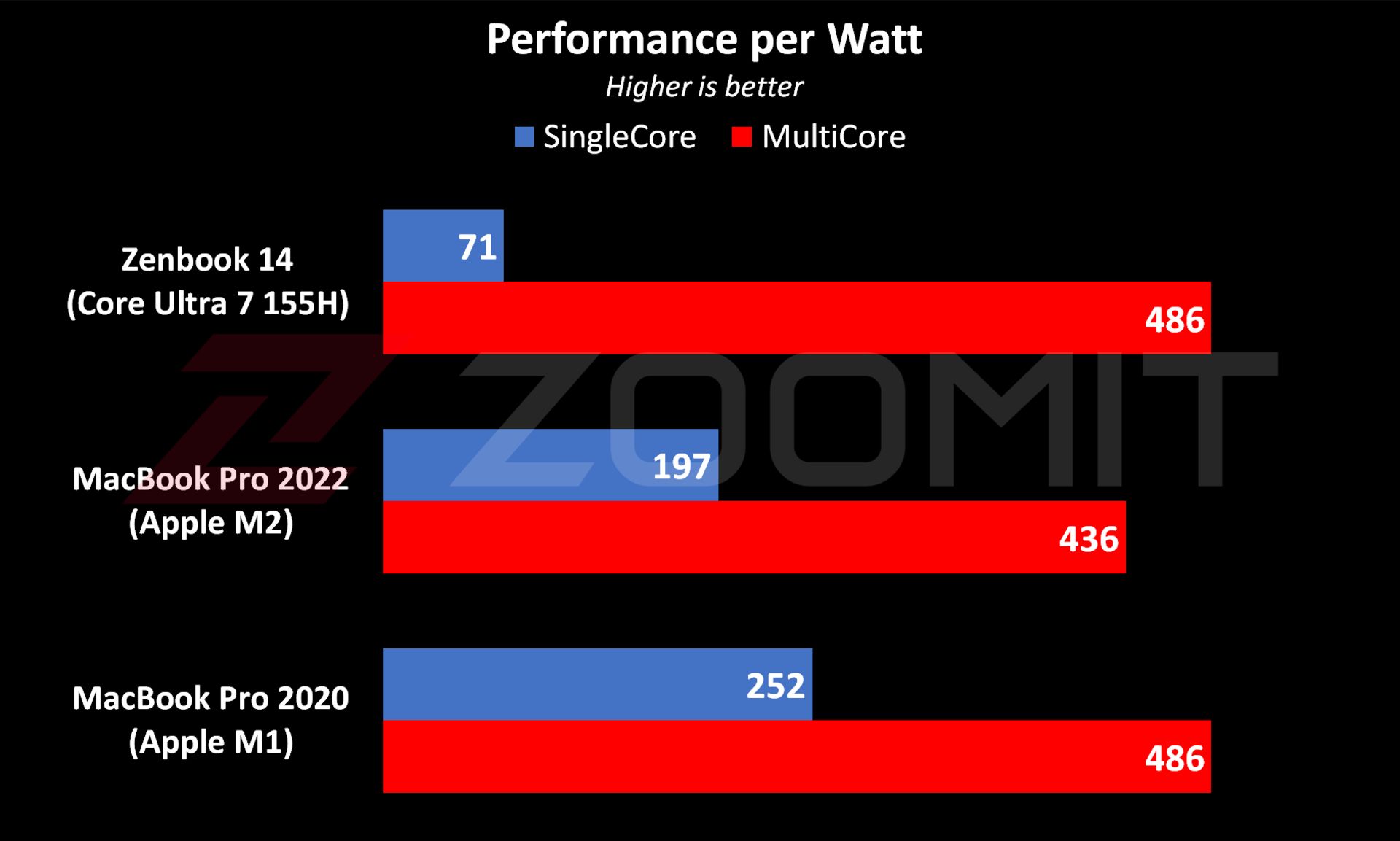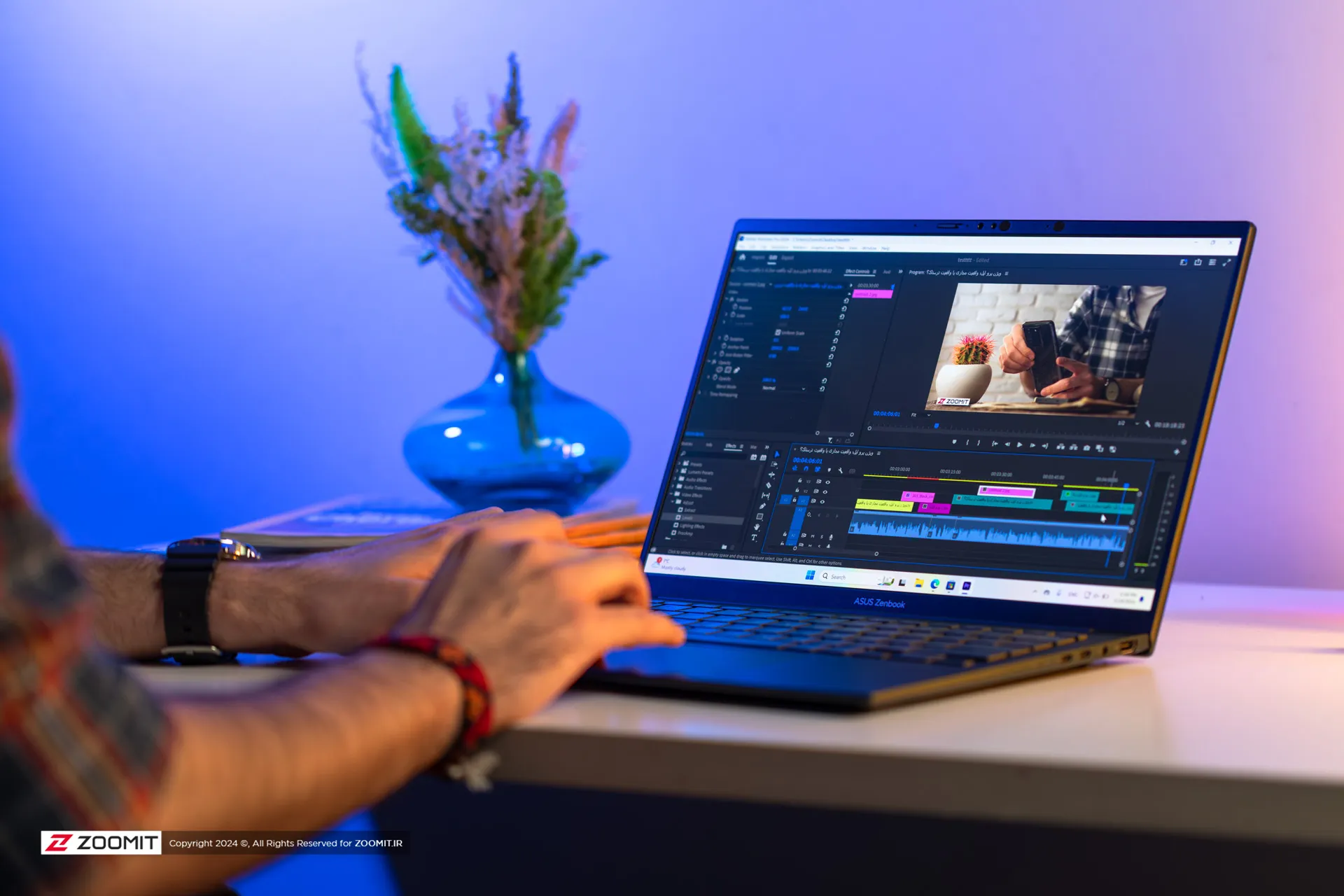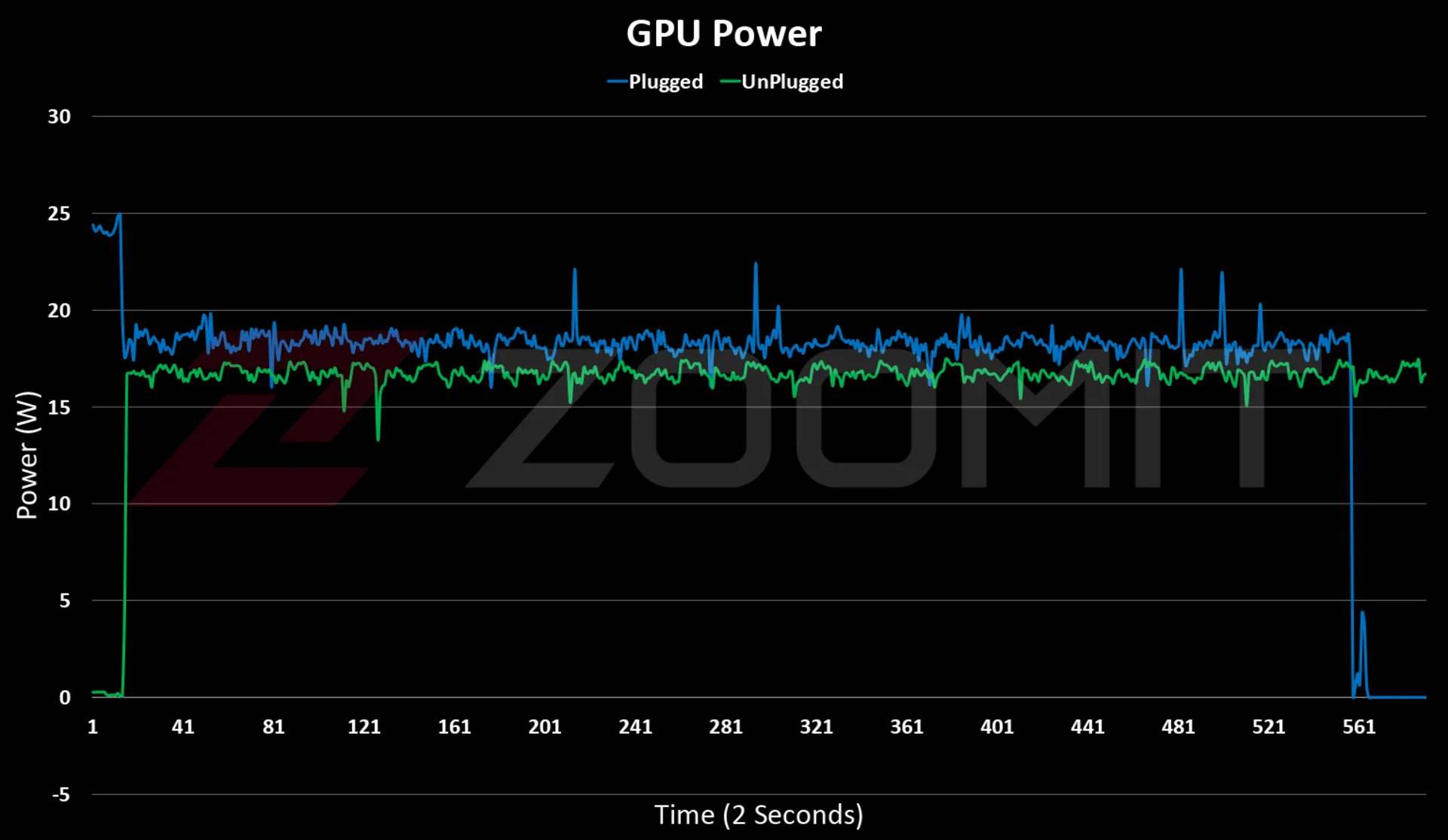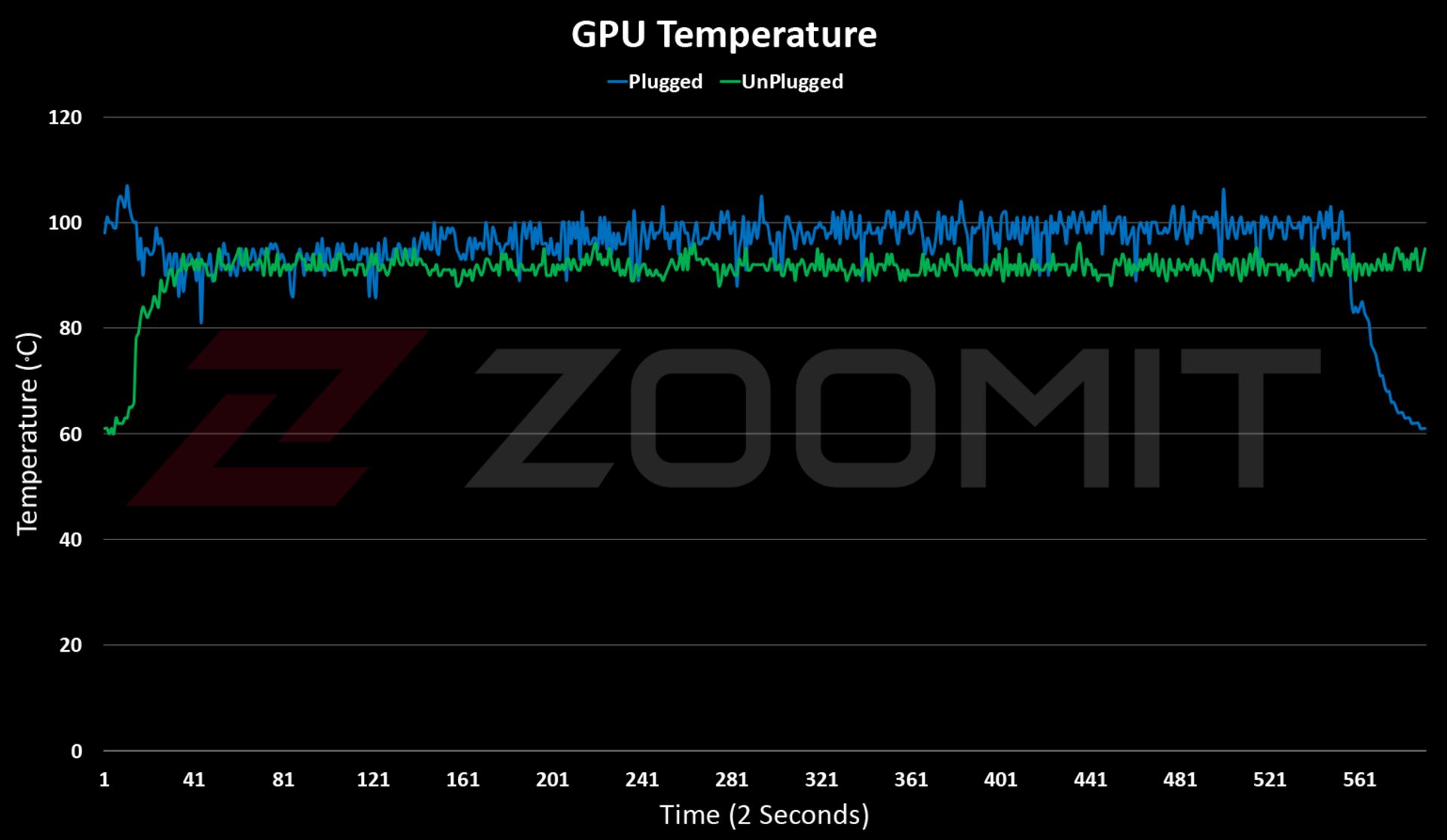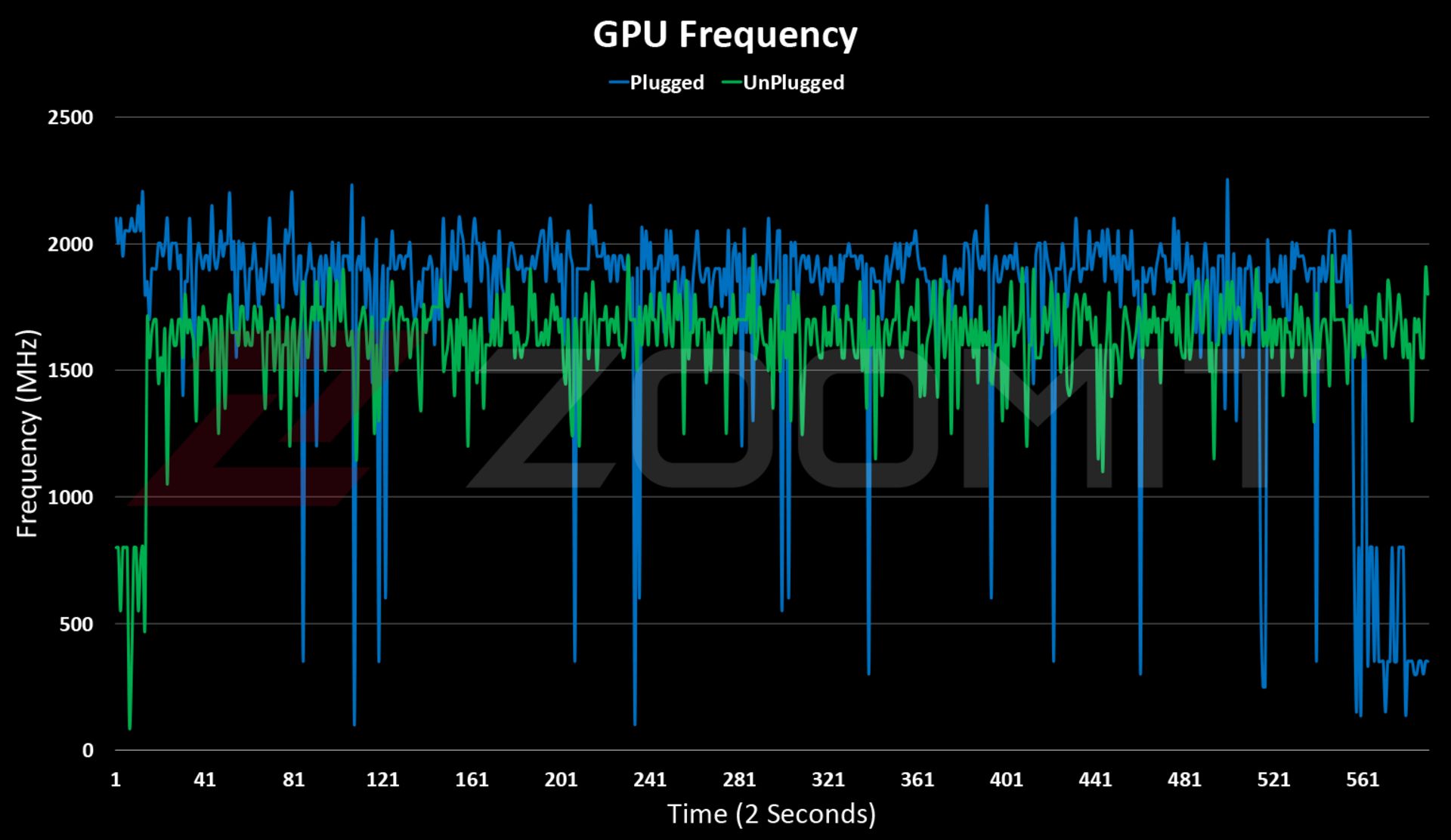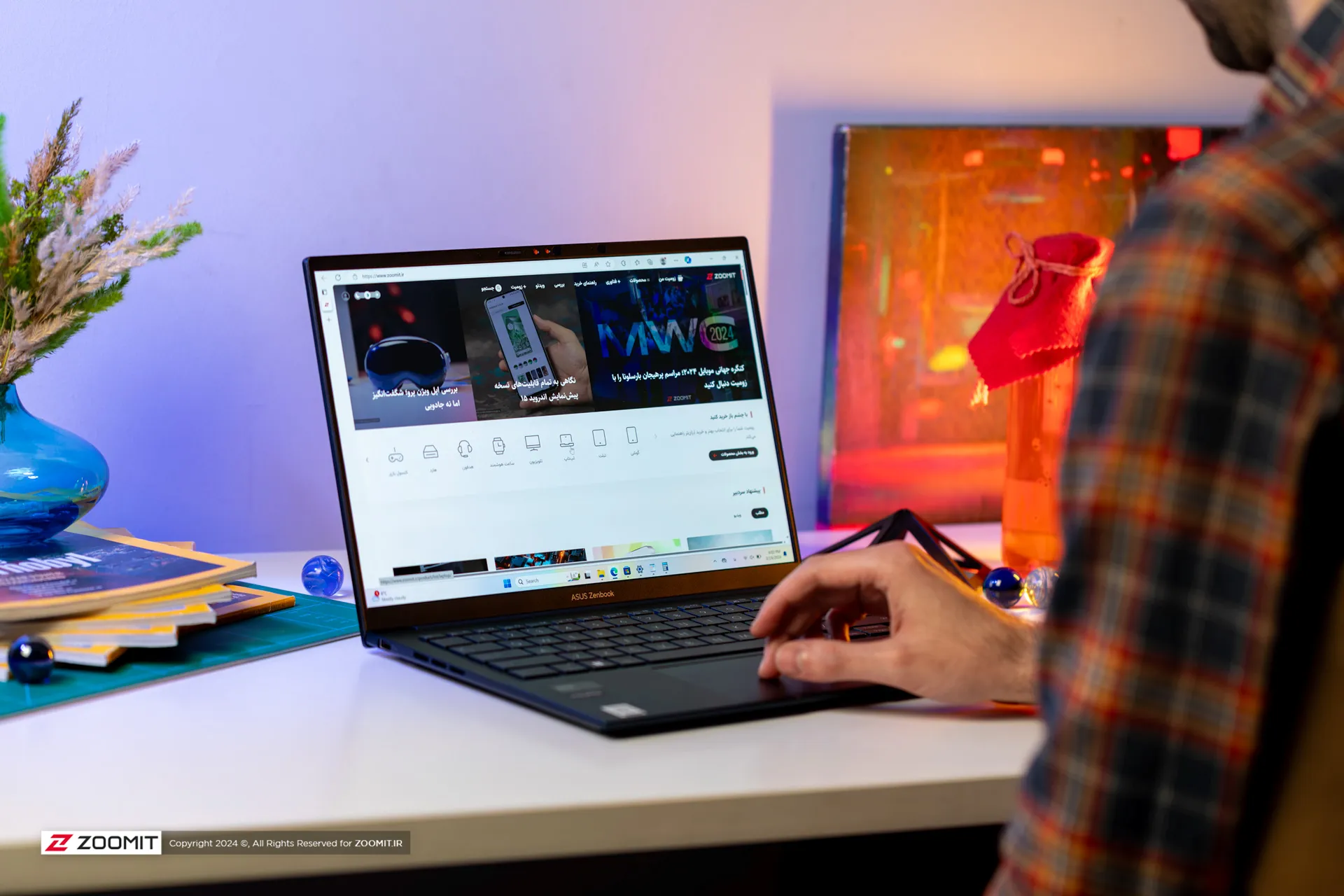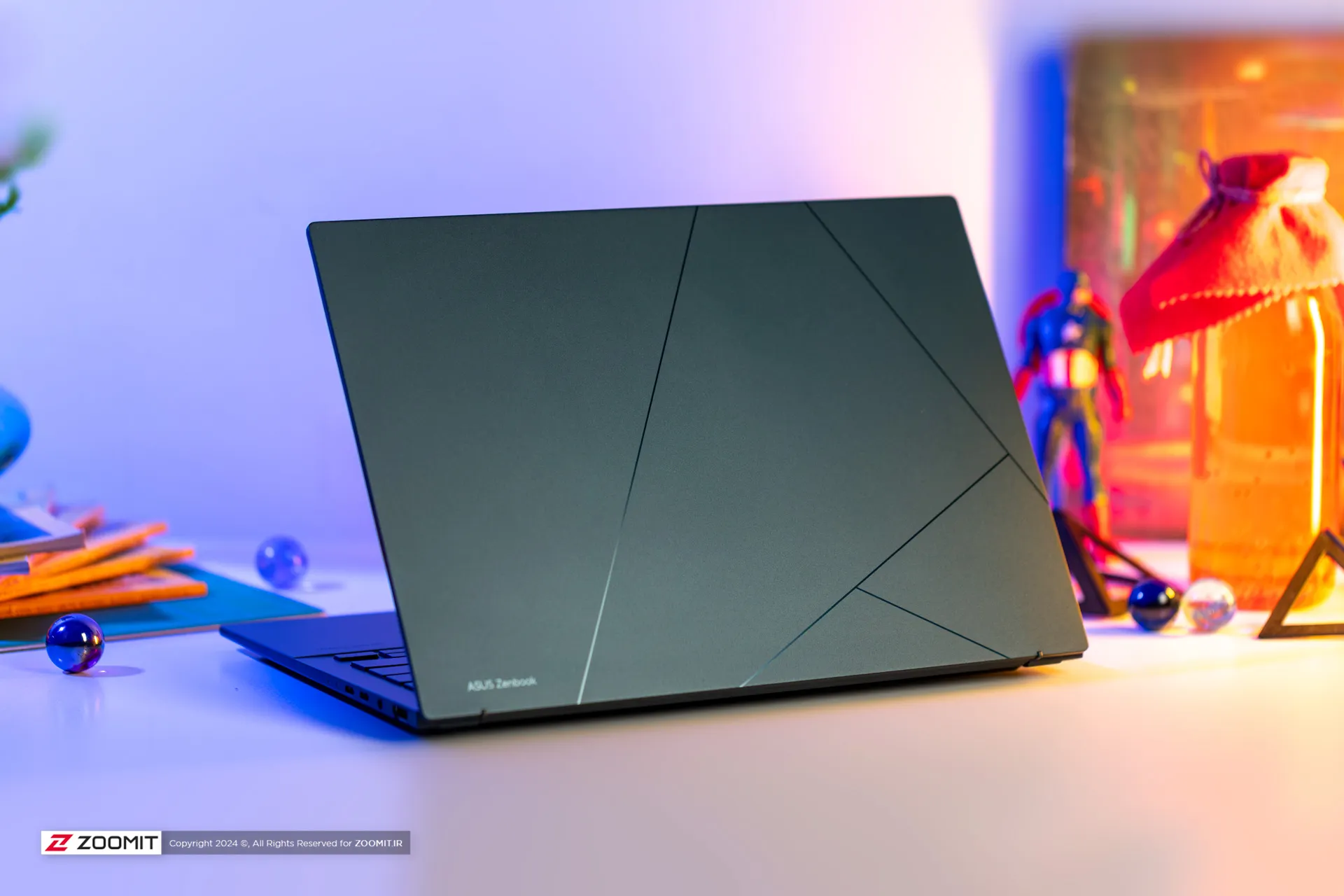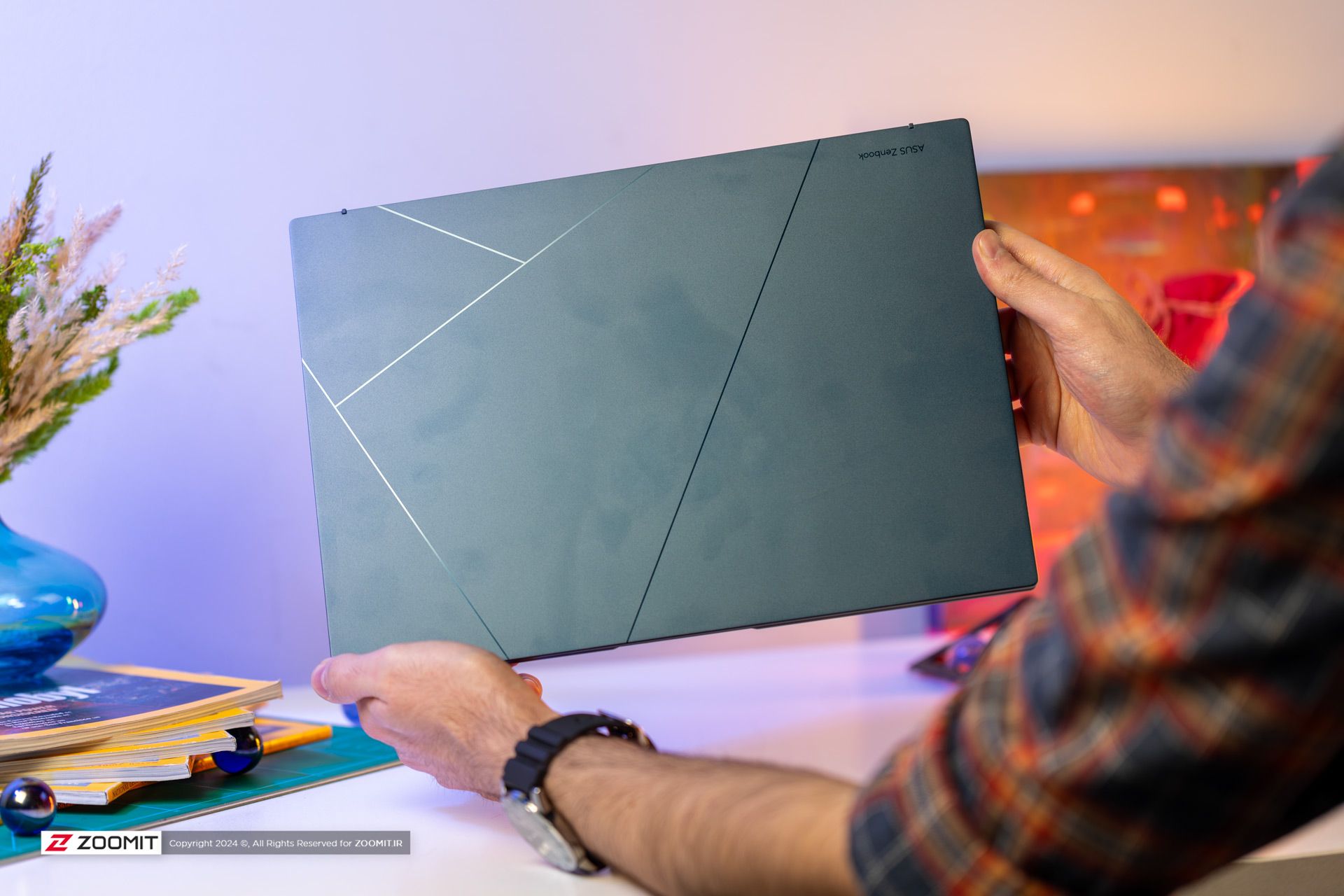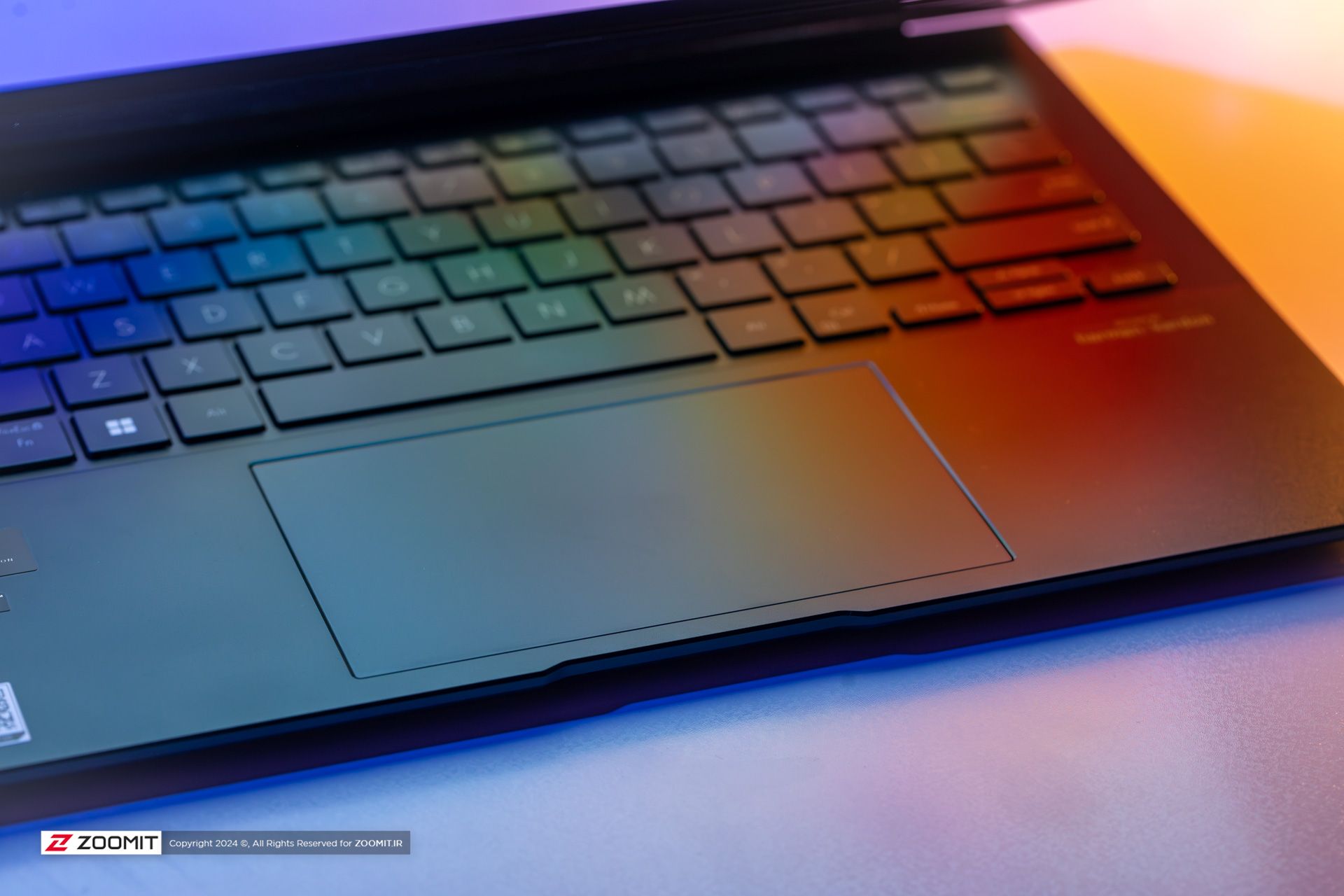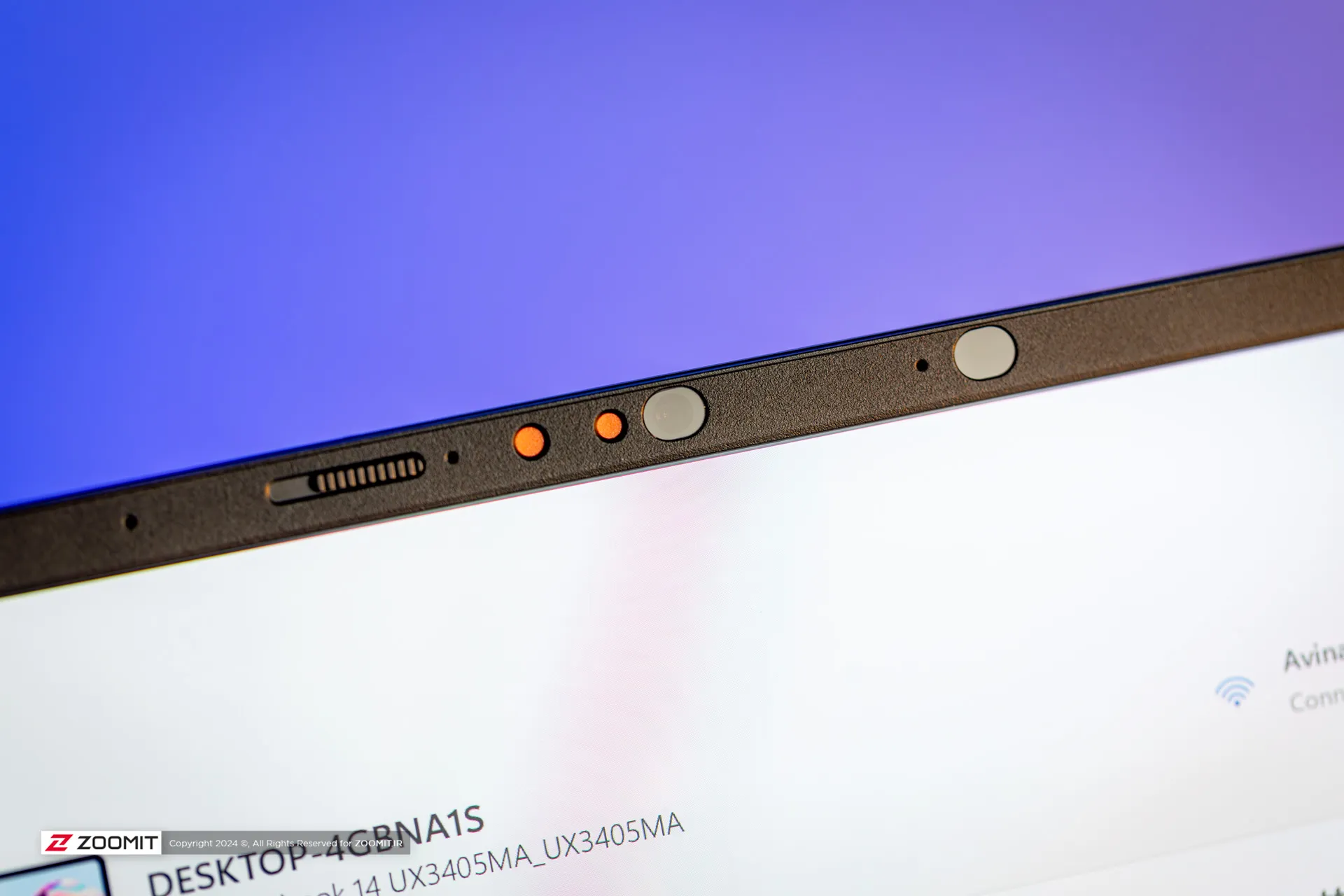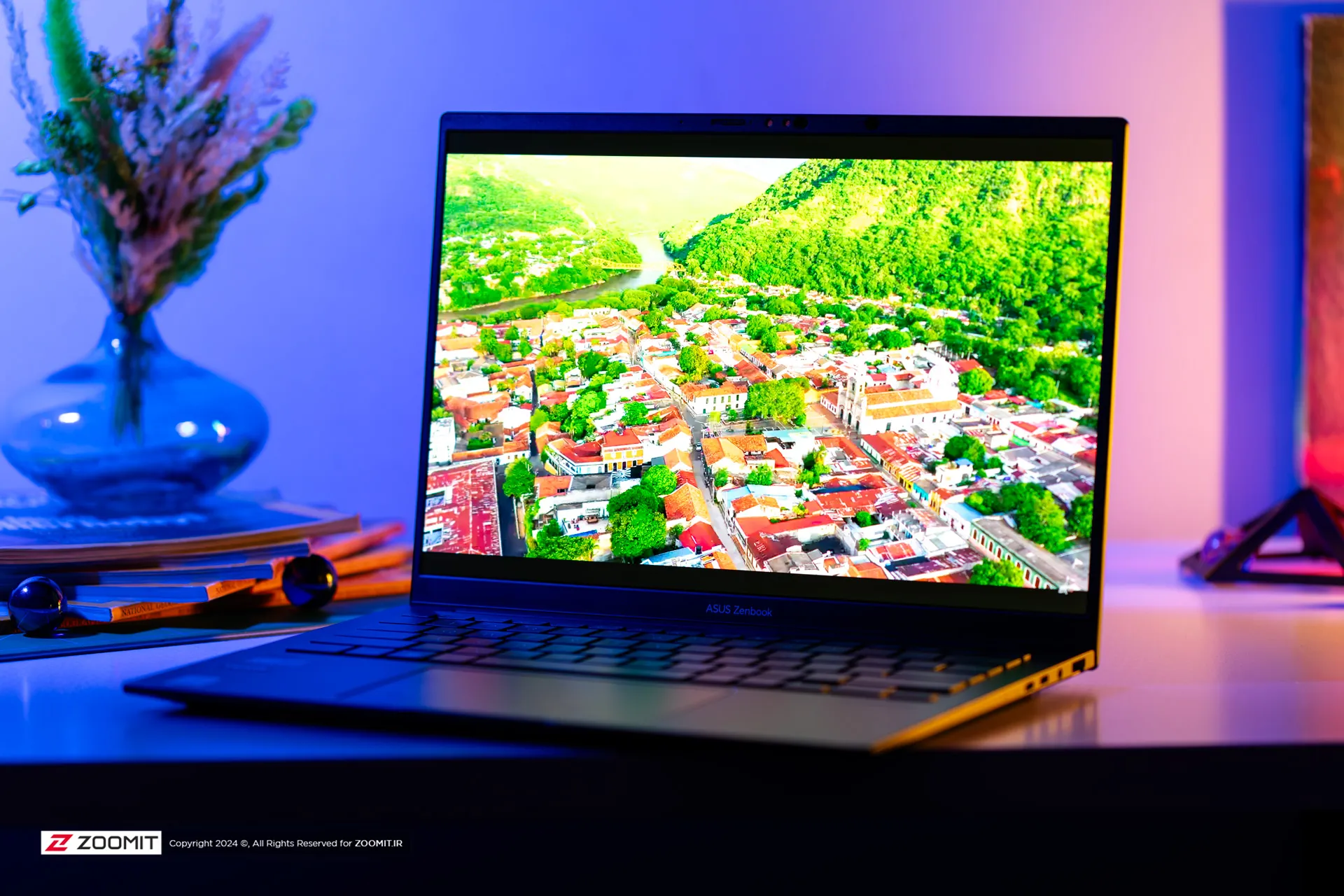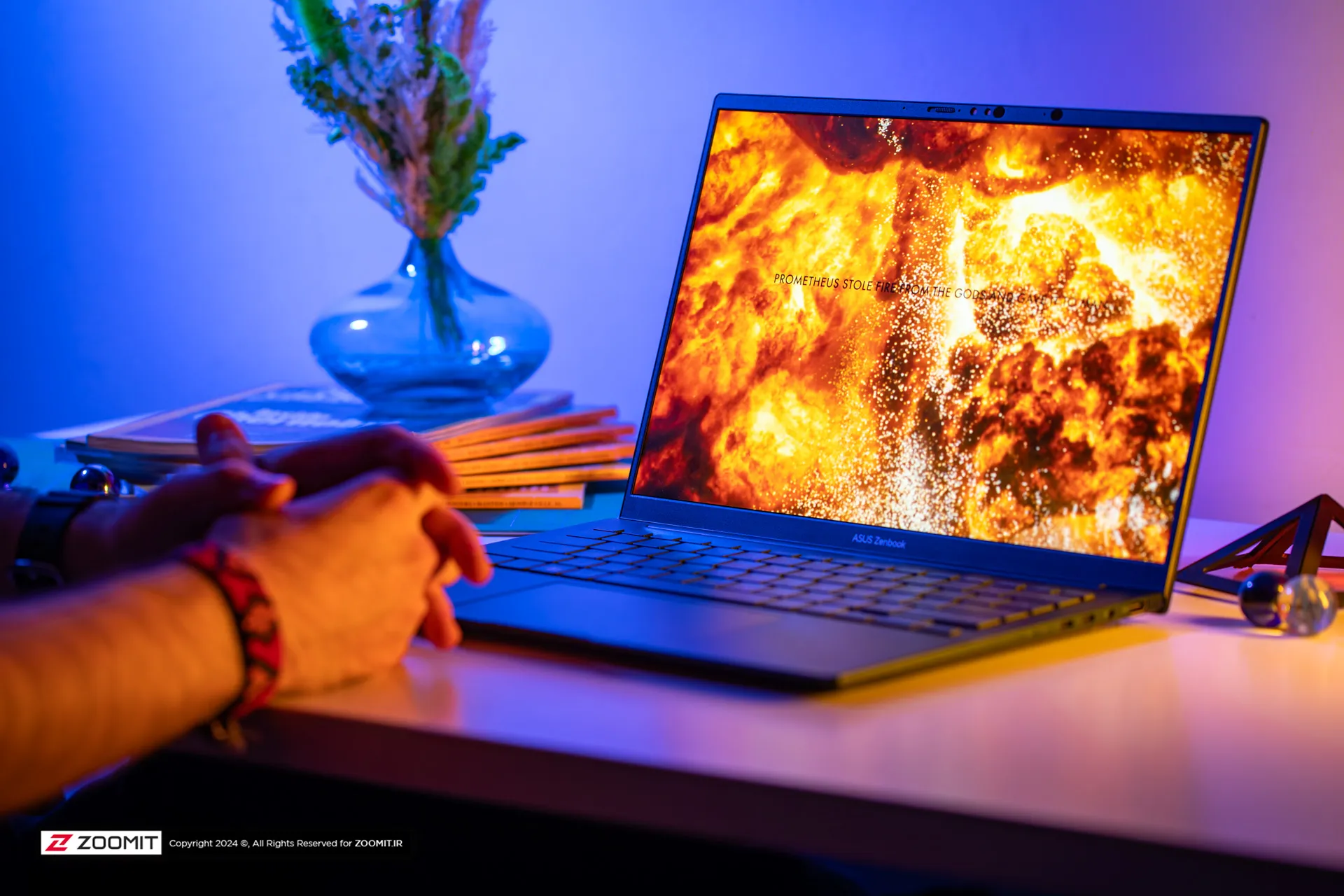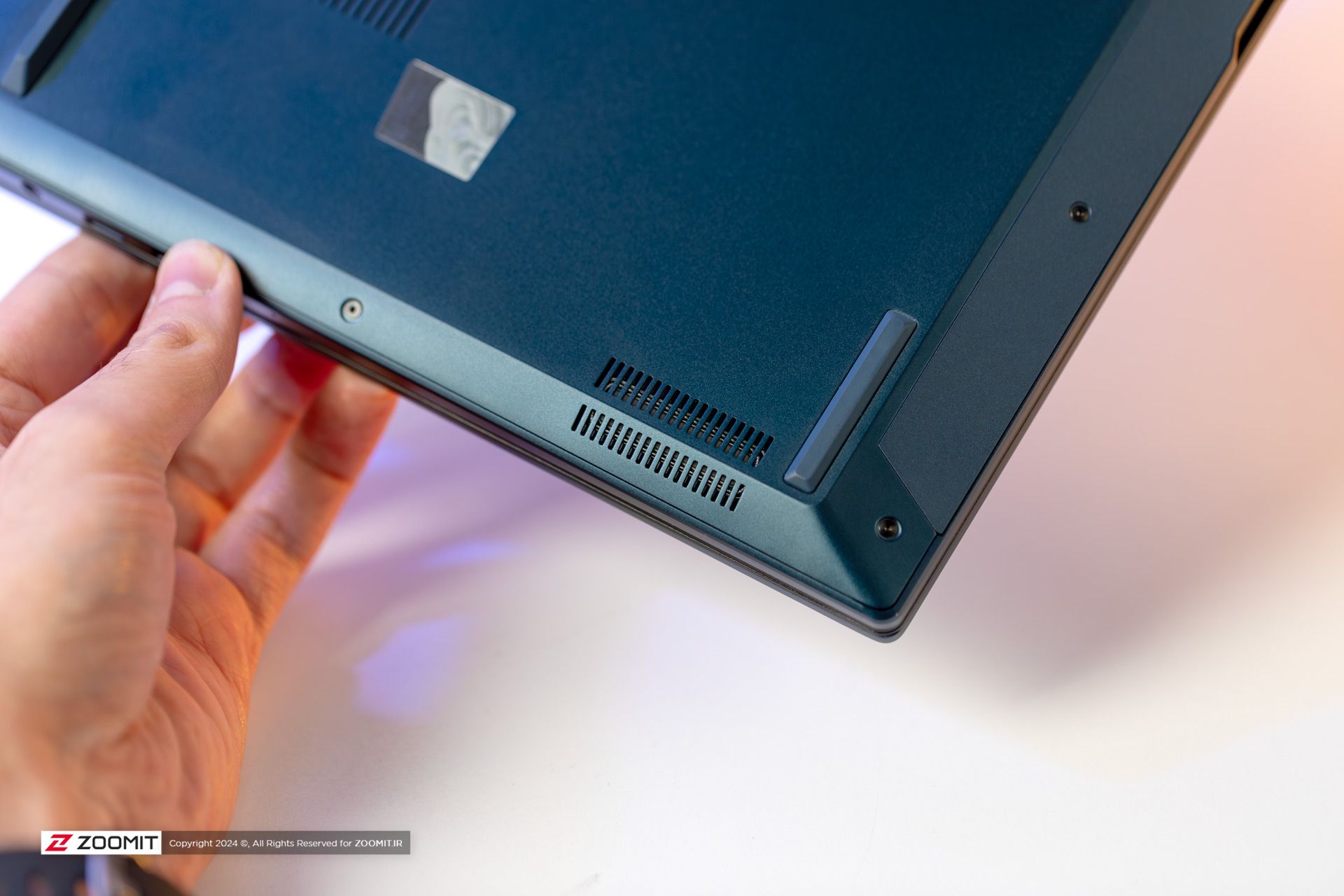The best puzzle multiplayer games for Android 2023 with direct download links
Challenge your friends to a battle of wits to see who is the smartest with these free multiplayer games!


No matter how old you are, or how smart you think you are, it’s important to exercise your brain regularly. Fortunately, there are many fun ways to do this. One of them is playing multiplayer mind games with your friends.
These mobile games test your brain’s gray matter and allow you to demonstrate your knowledge and skills to anyone willing to play with you. So, can you beat your friends in one of these amazing multiplayer brain games? All of them are free to play.
You can also see content about Who has saved our number ?
1. Maze King


Best multiplayer brain games for Android: Mazes can make a great brain exercise game, and the bigger the maze, the more challenging it is. Maze King is a great game to show off your solving skills against others. Play in Stage Mode to enjoy the game, then switch to Multiplayer mode to face off against a friend.
You can invite your friends with a tap that sends the game link via SMS. Or you can compete with a random player if you want.
Download link: Maze King for Android iOS
2. Chess Time


The best multiplayer brain games for Android: Chess Time is a great mobile option to play with friends around the world. The game offers different background colors to choose from, leaderboards by country and ranking, and a timer to see how long the challenge lasts. You can also enable options like quick chat keyboard, coordinate display and valid movement color.
Connecting with friends is easy: if you know a player’s username, you can look it up or send them an invite via email or SMS.
Download link: Chess Time for Android iOS
3. Chess With Friends Free


Best Multiplayer Brain Games for Android: If you prefer to face your Facebook friends in a game of chess, Chess With Friends Free is the way to go. Search for a friend or find a player by username. You can enable chat notifications, make yourself available to other players, and make yourself visible on leaderboards.
Chat while playing or just focus on the game. You can also discover a new opponent and view the leaderboard for the month.
Download link: Chess With Friends Free for Android | iOS
4. Skillz – Logical Brain


The best multiplayer brain games for Android: Skillz _ Logical Brain is a great way to train your brain. This app has a variety of brain teasers that you can choose from or you can play a random game.
After logging into Google (on Android), start level one by choosing a friend. Then, show off your skills in puzzles and challenges that test your memory, reflexes, accuracy and speed.
You can write a message to other players who are waiting for the game in the rooms and see where you stand on the leaderboard.
Download link: Skillz – Logical Brain for Android iOS
5. QuizUp


Best Multiplayer Brain Games for Android: QuizUp is a fun trivia game with a wide variety of topics. You can choose from business, education, history and science. Or see who knows more about sports, games, TV and music. The trick is to answer quickly and correctly in a round of questions. Level up as you destroy your friends in this battle of wits.
You can easily connect using Facebook and then search for friends who have installed the game. After you’ve played a round, hit the chat button to gloat to your friends about how you beat them.
Download link: QuizUp for Android iOS
6. Trivia Crack


Best Multiplayer Trivia Games for Android: The original Trivia Crack is still available and still blasting. Your goal is to collect one character for each of six categories: Art, History, Science, Sports, Geography, and Entertainment. To do this, keep answering the questions correctly about the category you hit when you spin the wheel.
Log in to Facebook to play with your friends or connect to Twitter to invite others. Trivia Crack is a turn-based game, so you can take your turn when you have time. You can also chat in the game and share your level achievements to keep your victories.
Download link: Trivia Crack for Android | iOS
7. Trivia Crack Kingdoms


Best Multiplayer Trivia Games for Android: If you enjoyed the first Trivia Crack game, check out Trivia Crack Kingdoms. Find out who’s really in the trivia realm in a battle royale with your friends.
Choose a channel topic such as sports, world history, food and drink, movies or TV shows. Then you get crowns when you answer correctly, and you try to collect them all before your opponent does.
You can challenge your friends by connecting to Facebook. Plus, Trivia Crack Kingdoms offers an in-app chat for a little trash talk.
Download link: Trivia Crack Kingdoms for Android | iOS
8. Words With Friends


The best multiplayer intellectual games for Android: The game Words With Friends has been popular all over the world for years. But if you’ve never tried it and you enjoy word games, then you should check it out. The gameplay is similar to Scrabble where you create words with the letters you are given. Words must be connected on the game board, and longer words and letters with higher point values help you score more points.
Like Chess With Friends Free and developed by the same company, Words lets you play against your Facebook friends. Chat during the game, take turns when you have a minute to spare and show off your clever skills with high-scoring words.
Download link: Words With Friends for Android | iOS
9. Word Chums


The best multiplayer brain games for Android: Try your skills in Word Chums for a Words With Friends style game with cute characters. With the same kind of gameplay as Scrabble, a colorful interface and a fun experience, creating words for high scores is really fun. Word Chums also offers power-ups to replace all your letters and get high-scoring hints.
You can play against Facebook friends, other Word Chums players, or someone in your contact list. The game has an in-app chat that allows you to talk to each other during the match.
Download link: Word Chums for Android iOS
10. Pictoword


Best Multiplayer Brain Games for Android: For a variety of word game battles, Pictoword is a picture-based challenge. The concept is simple. You see two pictures that combine to form a word. You just have to figure out what the word is by the number of letter spaces provided.
Unlike the other games on this list, Pictoword lets you create a “family” to play with. You’ll have to work your way through the levels first, but it’s great practice. Then create your group, invite members and chat during a break.
Download link: Pictoword for Android iOS
11. Infinite Word Search


The best multiplayer intellectual games for Android: Another intellectual game that you can play with your friends is Infinite Word Search . The game is played in the same classic style of word search puzzles that you have seen everywhere. But Infinite Word Search lets you choose the theme of your puzzle with options like animals, countries, fashion and many more.
If you think your word search skills are better than your Facebook friends, connect and play a friend. See who can find the fastest words in real-time gameplay. This adds a bit of a challenge to the gameplay, especially if you’re both looking for the same word at the same time.
Download link: Infinite Word Search for Android iOS
These multiplayer mind games are a lot of fun
It’s natural to love a game you’re good at. This is even better if you often outplay or simply outdo your friends. With these games you can improve your skills and prove that you are the smartest among your friends. So, let the clever battle of wits begin! You might even want to try some free online cognitive tests.
Source: MAKEUSEOF.COM













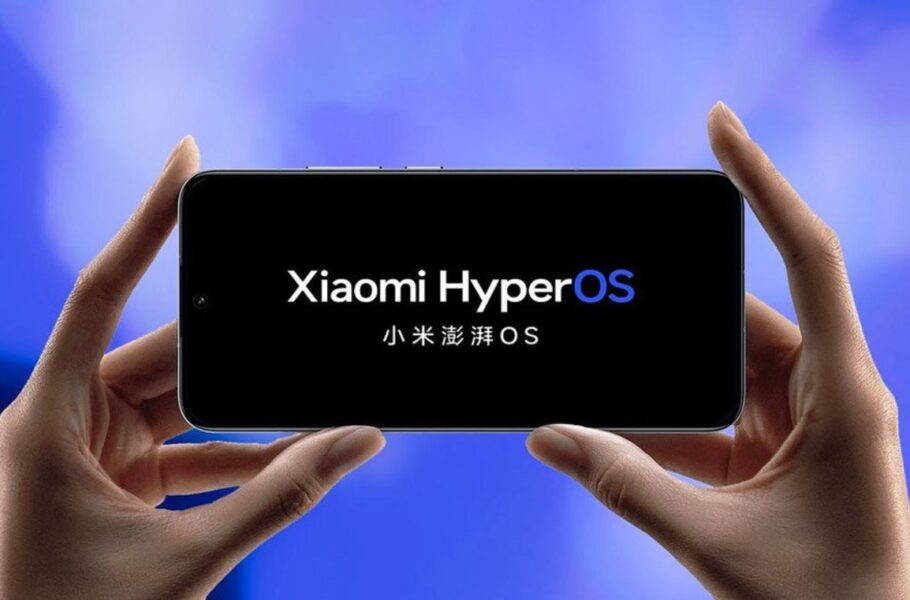










 base station
base station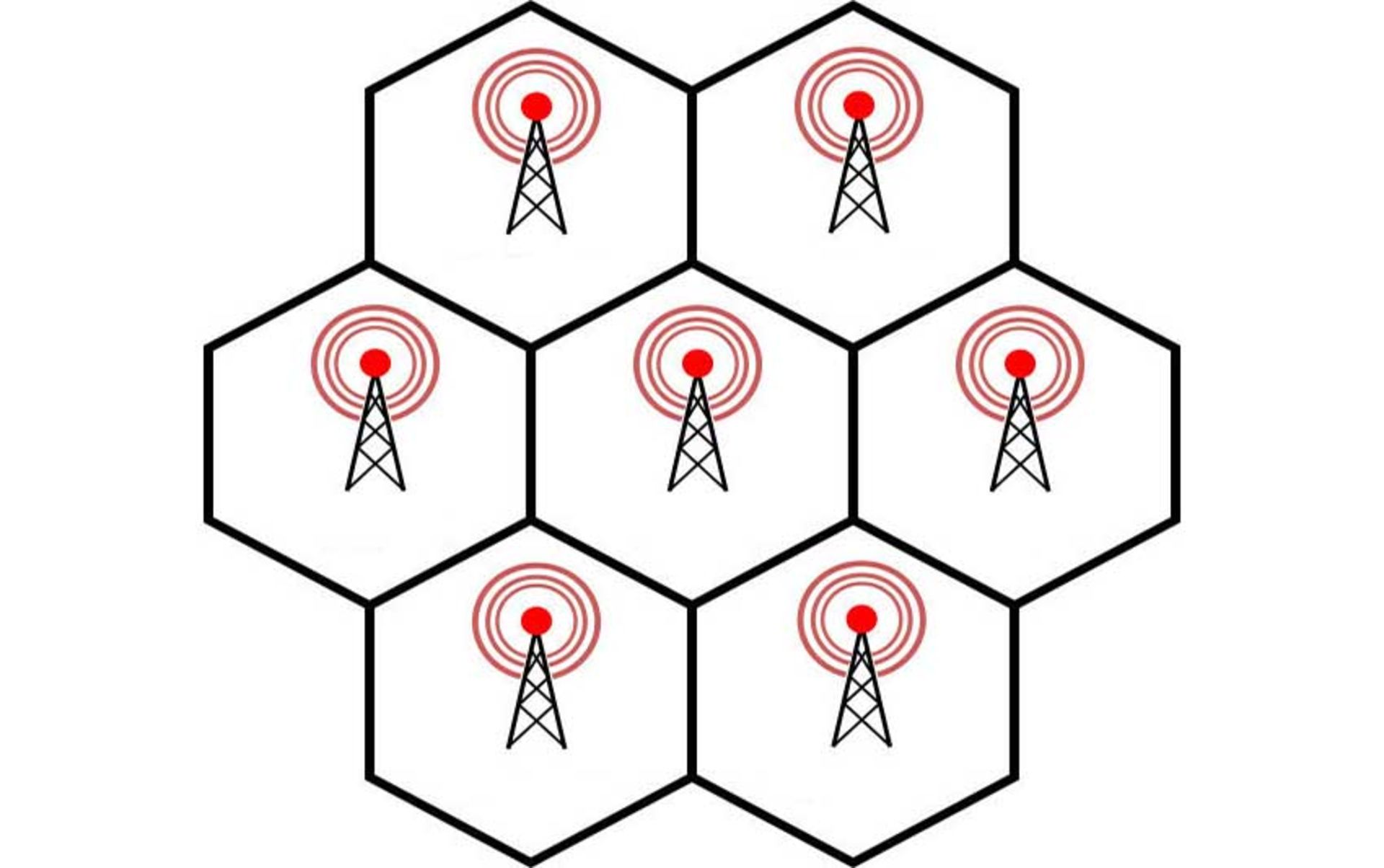 Hexagonal cells next to each other
Hexagonal cells next to each other

 Using mobile phones while flying may cause stress and anger in passengers
Using mobile phones while flying may cause stress and anger in passengers

